Order: Podicipediformes. Family: Podicipedidae
Description
The smallest common swimming bird on inland waters (23-29 cm). The sexes are alike in size and in plumage colouration. From a distance, little grebes appear to be all black.
Breeding adult: Crown and hind neck black, colour extending around eyes to chin. Back blackish. Remainder of upper parts and sides brown, mottled white. Upper wing coverts dark brown; primaries paler brown. Secondaries brown, washed whitish. Underwing white. Throat cinnamon; cheeks, and sides and front of neck dark rufous-chestnut. Upper breast lead grey, lower breast and belly white; flanks pale rufous, with blackish wash. Bill black, with creamy white to yellowish patch at gape (diagnostic). Eyes dark red. Legs and feet black.
The birds become somewhat duller and become pale buff on their lower quarters while their back is a dirty brown outside the breeding season.
Juvenile similar to non-breeding adult but has black-and-white striping on the cheeks.
Distribution
Occurs in Eurasia, the west Pacific islands, South-east Asia and sub-Saharan Africa. In southern Africa, it is common to locally abundant across much of the region, largely excluding the Kalahari.

Taxonomy
About nine subspecies recognised. Nominate race occurs in Europe, Turkey and north-west Africa, capensis (larger with more white in wing) in Egypt, sub-Saharan Africa and Asia from the Caucasus to Burma, iraquensis (with indistinct white wing-bar) in Iraq and south-west Iran, poggei in Japan, China, Taiwan and Malaysia, kunikyonis in the central Ryukyu Islands, philippensis on some of the Philippines, cotabato on Mindanao, vulcanorum on islands from Java to Timor and the Kai Islands and tricolor in Sulawesi, the Moluccas and northern New Guinea Islands. One more subspecies, albescens has been proposed for the yellow-eyed Asian birds currently placed in subspecies capensis (all other capensis have red eyes).
Habitat
In inland waters. It generally prefers dams, lakes, small ponds, backwaters in sluggish watercourses and temporary pans, occasionally moving away from fresh water to saltpans and estuaries.
Diet
It mainly eats fish and other aquatic animals, caught by diving in stints of up to 50 seconds underwater. It often associates with ducks and Hippos, catching the aquatic life that they disturb. Like other grebes it sometimes eats its own feathers as they act as a protective wrapping for fish bones, protecting the bird from harm when it regurgitates pellets.
Breeding
The Little Grebe is monogamous and aterritorial solitary nester, performing a variety of elaborate courtship displays. The nest is built by both sexes and maintained throughout the incubation period.The nest is a floating platform of aquatic plant matter anchored to emergent vegetation, submerged branches or bushes close to the edge of shallow wetlands. Egg-laying season is year-round, peaking from August-February in Botswana and the Western Cape, and from February-June elsewhere. The female lays 2-9 cream-coloured eggs, which are incubated by both sexes for about 19-28 days. The chicks leave the nest within a few hours after hatching, after which they join the adults to form a family group, regularly climbing onto a parent's back to rest. At first, the adults feed them on a diet of tadpoles and insect larvae, but after 29 days or so they are encouraged to try foraging for themselves, which they can do competently a few days later. After leaving the nest, the young birds have a habit of riding on the backs of their parents. They become fully independent at approximately 42 days old and are fully grown eight days later.
Call
Whit-whit and in breeding season utters a whinnying trill, sometimes in duet.
Listen to Bird Call.
Status
Common resident. The Little Grebe is classified as Least Concern (LC) on the IUCN Red List.



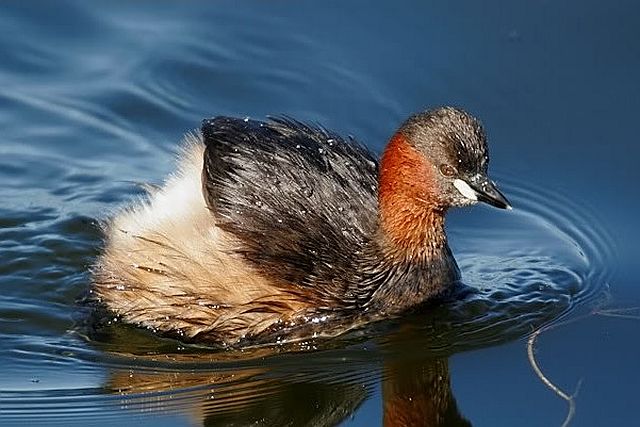
 © All-Nature
© All-Nature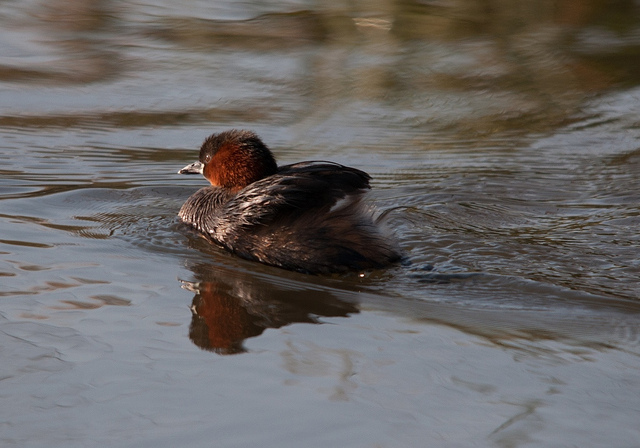 © Joan
© Joan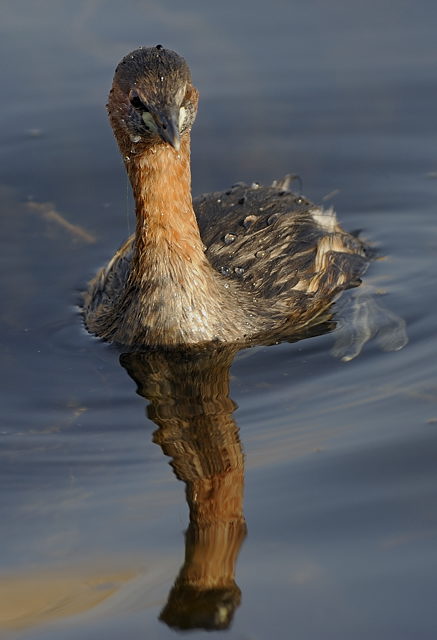 © Dewi
© Dewi © Sharifa
© Sharifa © Sharifa
© Sharifa © Toko
© Toko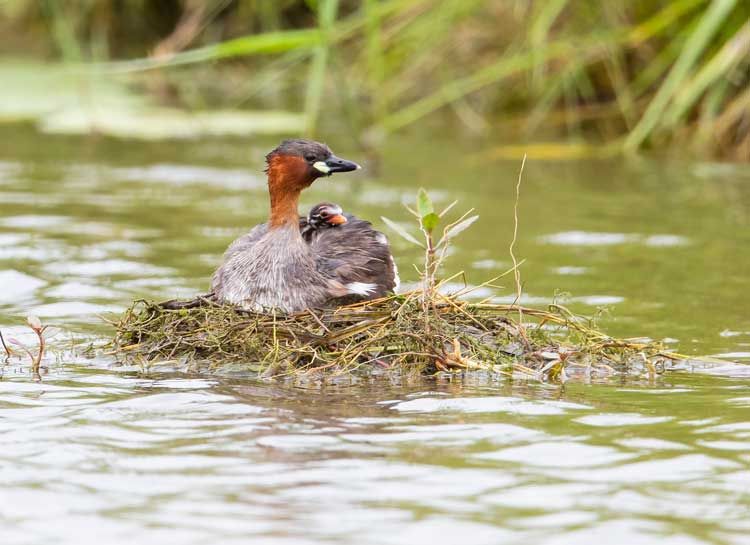 © Pumbaa
© Pumbaa
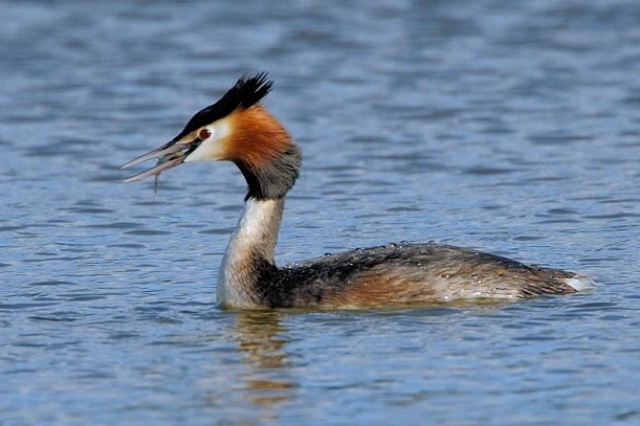 © Dewi
© Dewi © Michele Nel
© Michele Nel © Amoli
© Amoli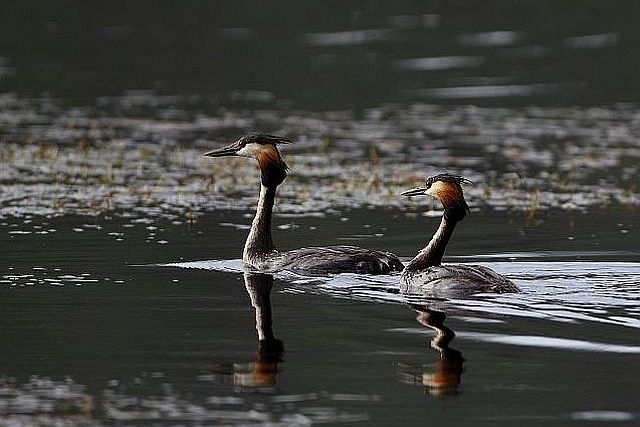 © Sharifa
© Sharifa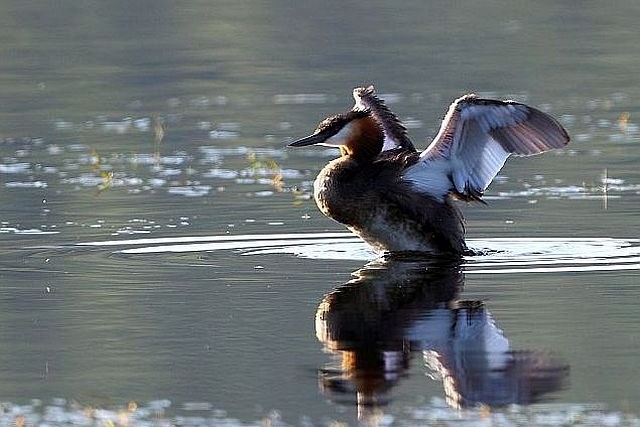 © Sharifa
© Sharifa © nan
© nan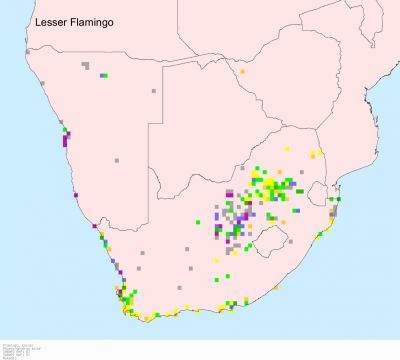

 © Toko
© Toko © Michele Nel
© Michele Nel © Michele Nel
© Michele Nel © Tina
© Tina